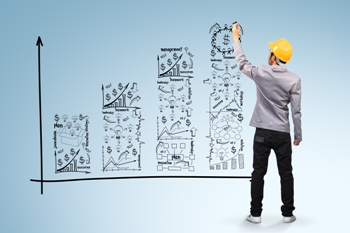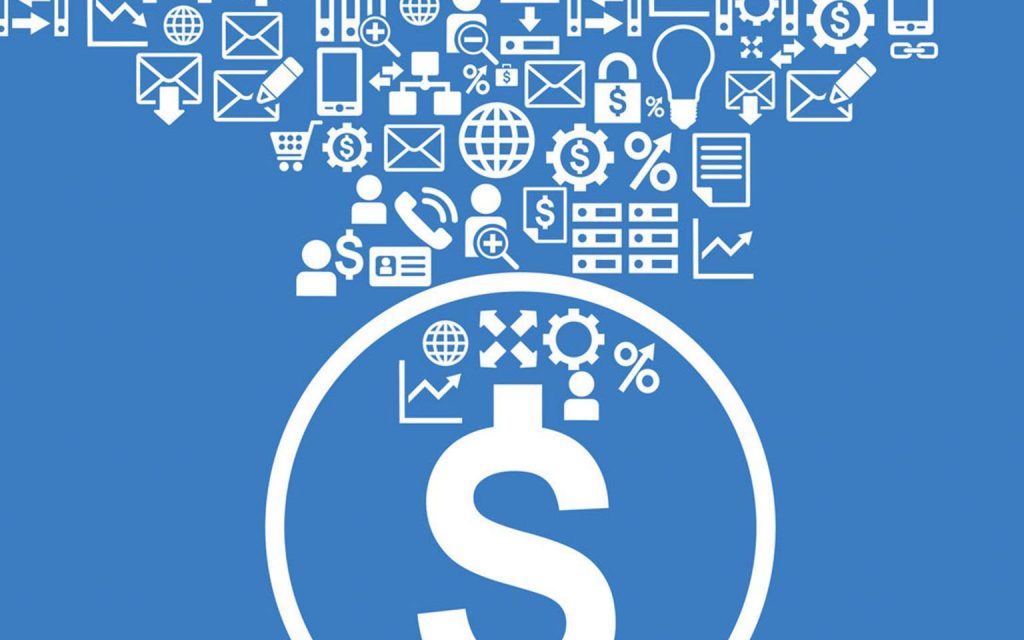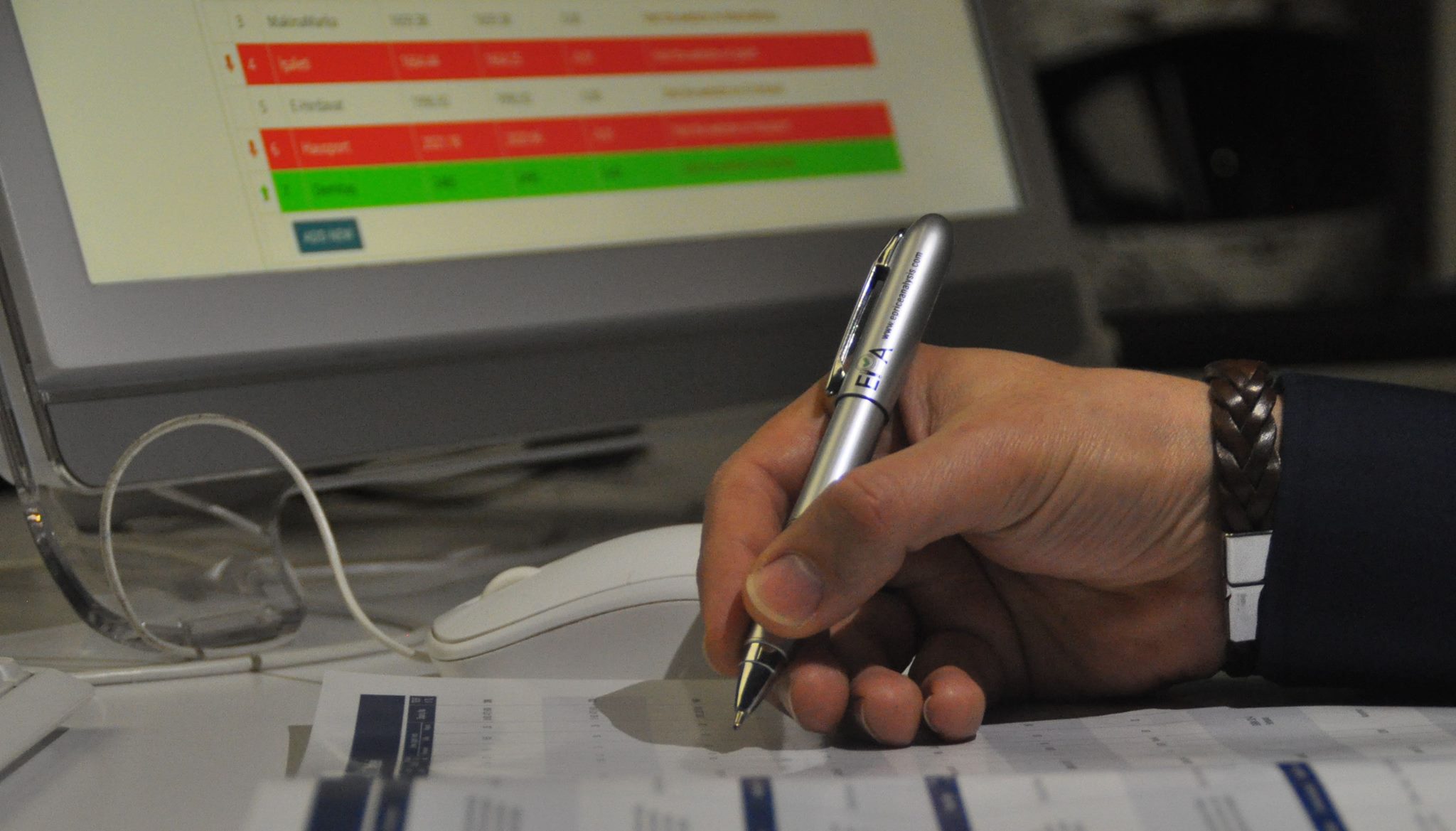
Dalyan Makina using EPA for their pricing policy
Dalyan Makina is a B2B retail focus on industrial market. They are using EPA (www.epriceanalysis.com) in their retail and E-commerce ( markamakina ) for their pricing policy to become more competitive . Volkan Dalyan is the Board Member & CFO of the company. Let’s have a look to their EPA experience. You could also check our about us page
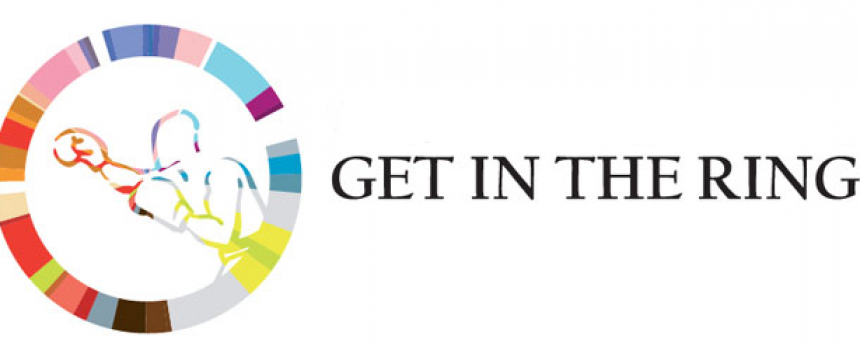
EPA selected to GITR TURKEY powered by CYBERPARK
Get in the Ring (Turkey ) first time will be organize in Turkey and it’s powered by BILKENT CYBERPARK. EPA (epriceanalysis.com) selected to GITR (Get in the Ring) Turkey
Get in the Ring (GITR) is one of the biggest startup competitions worldwide connecting startups to fans (investors, customers, talent, corporates, and more). Get in the Ring believes that startups need fans if they’re going to be successful. During the competition fans from all over the world follow their favorite startups in their journey to the International Final through the local, national or regional finals or online through the live webcasts of these finals.
In only three years’ time Get in the Ring grew from a local event to a global competition in 64 countries. The competition is a featured event of the Global Entrepreneurship Week. Through National and Regional Finals startups will be selected for the International Final.
THE CONCEPT
Get in the Ring aims to challenge the status quo of pitching. The minds of the investors need to be triggered. For this reason, Get in the Ring changed the way people are pitching and has introduced a new unique pitching concept. Startups getting in the ring will battle it out, one on one, during five different rounds. Each round focuses on a relevant topic that all investors are interested in.
During the Investment Battle two startups will be pitching at the same time, called a battle. Every battle consists of five rounds and every round will focus on a different subject important for a business. Per round, entrepreneurs will have approximately 25 seconds to convince the champions, the jury, on each subject. After five rounds every participant will be asked questions by the jury (called the Champions). This will take 5 minutes per participant.
The rounds include:
- Team
- Achievements
- Business model & market
- Financials & investment proposition
- Freestyle
After the question round the Champions will choose which startup is the winner of the battle. The winners of each battle will go through for the voting round of the audience award.

Global Digital Buyers – Digital buyer penetration worldwide
This statistic gives information on the digital buyer penetration worldwide from 2011 to 2018. In 2013, 41.3 percent of global internet users had purchased products online. In 2017, this figure is expected to grow to 46.4 percent.
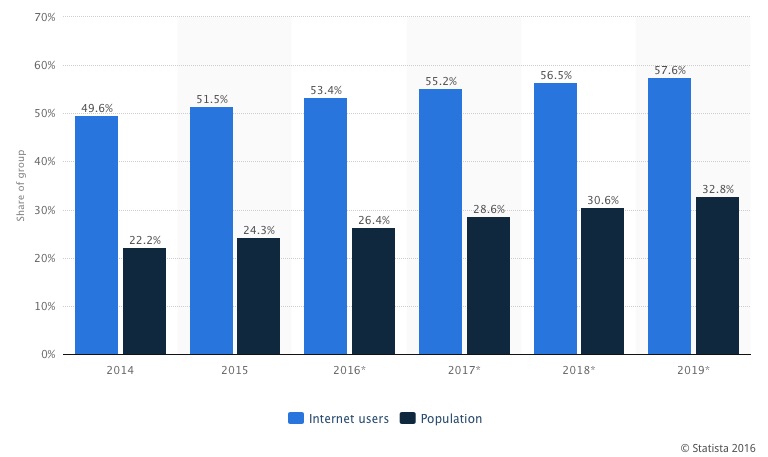
source from Statista
Sales organizations are struggling in the new digital world. Approaches that worked for decades are no longer effective. Ironically, the same digital technologies that have upended traditional sales can help forward-thinking companies effectively reinvent their sales management approaches.
With digital buyer penetration, internet users role worldwide in 2018 has increased 50%. However, the e-commerce industry is still set to evolve and expand.
In 2011, the number of digital buyers worldwide reached 792.6 million. More over, the number rose to 903.6 million and forecasters expect there will be 1.32 billion digital buyers across the globe in 2016.
One way of measuring the growth of the e-commerce industry is to analyze the purchase intention rates. Global average; online purchase intention rates of various product categories were calculated in the first quarter of 2011 and it can be compared with purchase intention rates from the first quarter of 2014. The comparison revealed that each product category experienced a growth in purchase intention. In the first quarter of 2014, 34 percent of respondents were planning to purchase an e-book online in the next six months. And, this figure represents a 19 percent growth from 2011. Also, event tickets experienced a 19 percent growth.
Amazon.com and eBay Inc. are two of the world’s largest e-retailers. Their success can be determined by looking at their year-on-year revenue growth from 2006 to 2013. Both companies have experienced fluctuating revenue growth during this time. In 2010, Amazon achieved a 40 percent year-over-year revenue growth, whereas eBay, in the same year only experienced a five percent year-over-year revenue growth.

8 E-commerce Pricing Strategy
E-commerce pricing strategy could be a hard deal there could be too many approaches. “Think simple, think positive” is a good starting point. Here are some pricing strategies (from shopify blog )
- Keystone Pricing – listing products for double what you paid at wholesale.
- Manufacturer Suggested Retail Price (MSRP) – what the manufacturer recommends you sell the product for.
- Multiple Pricing – essentially bundling with other products or accessories and selling them for one price.
- Discount Pricing – creating special offers for specific seasons, inventory, and sales initiatives
- Loss-leading Pricing – Marking down a product to compete against competitors in order to get people to buy additional products in the process.
- Psychological Pricing – using specific psychological tactics to persuade people to buy.
- Based on Competition – setting prices either above or below what competitors are listing similar products for.
- Anchor Pricing – Showing the original pricing along with the discounted rate in order to show potential buyers the savings they would benefit from if they buy from you at the discounted rate.
Before Choosing your Strategies you need to define ;
- What your are selling
- Who you are selling
- What customer needs ( could be different rather than price)
- How your customer comes to your store
- What you want to sell
- In some cases you have to choose a side between >> turnover vs profit
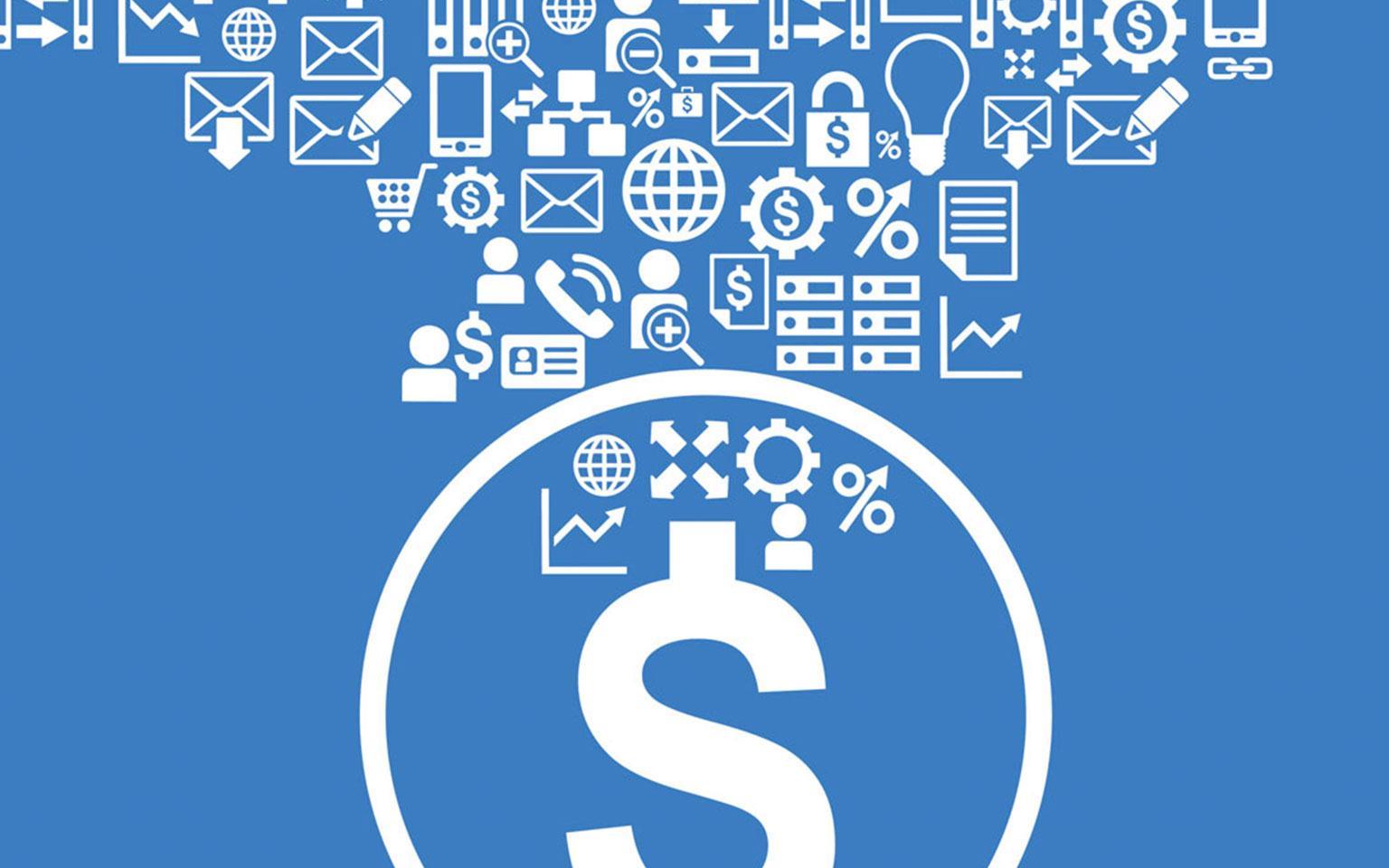
Dynamic Pricing in E-commerce – Timing and Competitor Price Tracking is the Key…
In e-commerce dynamic pricing could help you to increase your profits so what is dynamic pricing and what are the advantages of dynamic pricing in your E-commerce.
Dynamic pricing, also referred to as surge pricing, demand pricing, or time-based pricing is a pricing strategy in which businesses set flexible prices for products or service based on current market demands. Businesses are able to change prices based on algorithms that take into account competitor pricing, supply and demand, and other external factors in the market. Dynamic pricing is a common practice in several industries such as hospitality, travel, entertainment, retail, electricity, and public transport. Each industry takes a slightly different approach to repricing based on its needs and the demand for the product.
Timing and competitor price tracking is the key for dynamic pricing .For E-commerce businesses bellow 1 Mio USD turnover (annually) daily based timing could be enough. But you have to give response to daily price changes.
What are the Advantages of Dynamic Price Tracking
With Dynamic Pricing a company is much more flexible in offering the right price to the right customer, at the right time, for the right product. Examples of advantages of Dynamic Pricing are:
- Upselling: use low prices to attract customers, and sell additional high margin products and/or services
- Specific prices for targeted customer segments: e.g. different prices for households and businesses
- Specific prices for specific sales channels: e.g. different prices in online and offline retail
- Specific prices for specific periods: e.g. different prices at the weekend and weekdays
- Optimal discounting strategies: to make sure that all inventory is sold
This flexibility in offering prices allows companies to increase:
- Margins
- Revenues
- Market share
- Utilization
Dynamic pricing allows you to capture all three markets. Selling at a high price to those willing to pay it and capturing the entire market by also offering the same product at a discount price.
There is little public/scientific research available on the financial benefits of dynamic pricing. Several articles quote that Forester Research estimates that dynamic pricing may increase profits by 25%. However, the source of this claim cannot be found.


